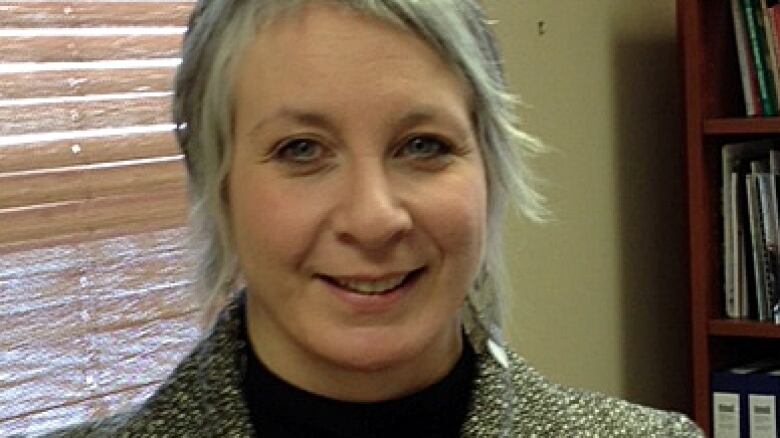Thunder Bay shelter use grows, as affordable housing list shrinks
Single unit accommodations needed in Thunder Bay. shelter director says

Social service officials in Thunder Bay are grappling with what they're calling an anomaly in housing.
The District Social Services Board says wait lists for affordable housing are getting shorter, while shelter use is skyrocketing.
Board CAO Bill Bradica said there are currently about 950 people looking for affordable housing. That number was almost double just two years ago.

Others have successfully found accommodation, he said.
"We'll provide assistance to people who might be struggling with getting first and last month's rent in a market situation," Bradica said. "We've [also] increased the number of rent supplement units through a couple of different programs."
Now the board is examining the puzzling situation of why the use of emergency shelters in Thunder Bay has spiked over the same period.
Private spaces for single people needed
Shelter House executive director Patty Hajdu said she has an idea why this is the case.
"Who we see on the wait list are single individuals — and that is, coincidentally, who we serve."
Hajdu said there's not enough affordable housing for those clients.
"We do need single-room occupancy-types of units, where you've got an opportunity for someone to have a private space to live," she said.
Bradica said the board has made some of those spaces available, with several more coming in the next year.
Hajdu noted a number of buildings — which had affordable single units — have either been demolished or closed, like the Inntowner Hotel, and the Royal Edward Arms.
"Those all — although not ideal housing — served a purpose in allowing people to have a unit for themselves that would prevent them from having to use emergency homelessness hosteling-types of situations," she said.

Programming vs. funding
The social service board's 2014 annual report shows 70 per cent of people on its wait list are looking for one bedroom accommodations.
The general trend in the past couple of years for the board's wait list has been that it's getting shorter, but it has fluctuated in that period.
Annual reports show that:
- at the end of 2012, the list was 1790
- at the end of 2013, it was 1135
- at the end of 2014 it was 1305
- it is currently sitting at about 950
The annual reports also show shelter use [combining number from Shelter House and the Salvation Army shelter] was:
- at the end of 2012, 86.5% full
- at the end of 2013 123% full
- at the end of 2014 140% full [shelters are allowed to 'over-house']
Hajdu said shelters can't take in families with children, so their clients are either single people or couples without children — the type of people who would be looking for single-bedroom accommodations.
She noted government investments in housing and homelessness are more geared today towards programming, including some money that comes to Shelter House, rather than constructing new housing.
"Until we actually have places for people to move into, you will continue to see very high shelter use," she said.
"It isn't that people don't want to find a place, it isn't that they're not trying to find a place, there are simply not enough units available."
New units on the horizon
The social services board is constructing two new townhouse-style buildings in Thunder Bay that will have 16 affordable housing units, most of which are single-unit and geared towards people who would find themselves at a shelter, Bradica said.
A total of 21 units also opened on Victoria Avenue last year.
A plan has been approved by the board that will add 75 to 100 new units in the coming years, he said, but it's not clear if they will be single-bedroom or multi-bedroom units.